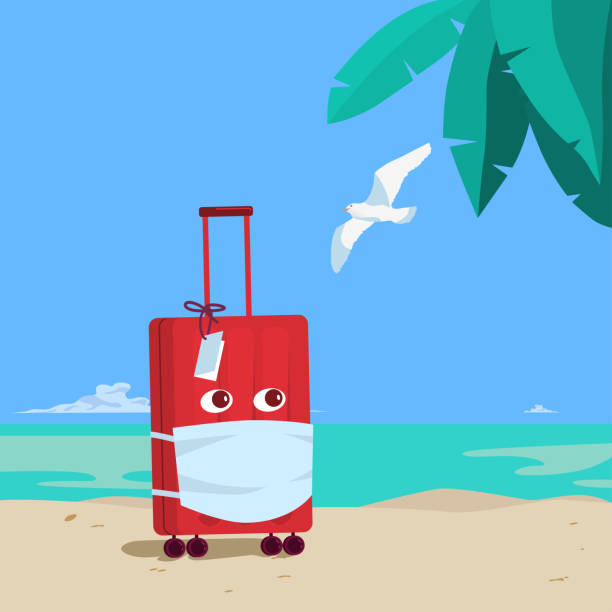None of us imagined that Summers in 2020 would be about staying-in with sealed borders, our car tanks full, no getaways with our family, and missing out on pool time to beat the heat. And even when the lockdown is lifted, travel, as we know it, won’t be the same anymore.
As the most used term of 2020, ‘the new normal’ will see its own version in the travel and tourism industry. Best hygiene practices, quick getaways, vacation rentals, private vehicles, and drestinations (drive-to destinations) will be the top keywords.
Tourism generates close to 10% of India’s total GDP. As per reports, within two months, the Indian travel and tourism industry has recorded a year-on-year loss of 30% this year. And chances of revenues resuming to normal in the near future look bleak.
Long things short, the players in the Indian hospitality and tourism industries will have to reinvent themselves to stay afloat. Here are some of the silver linings we see through these gloomy times:
1. Go domestic, go hyper local
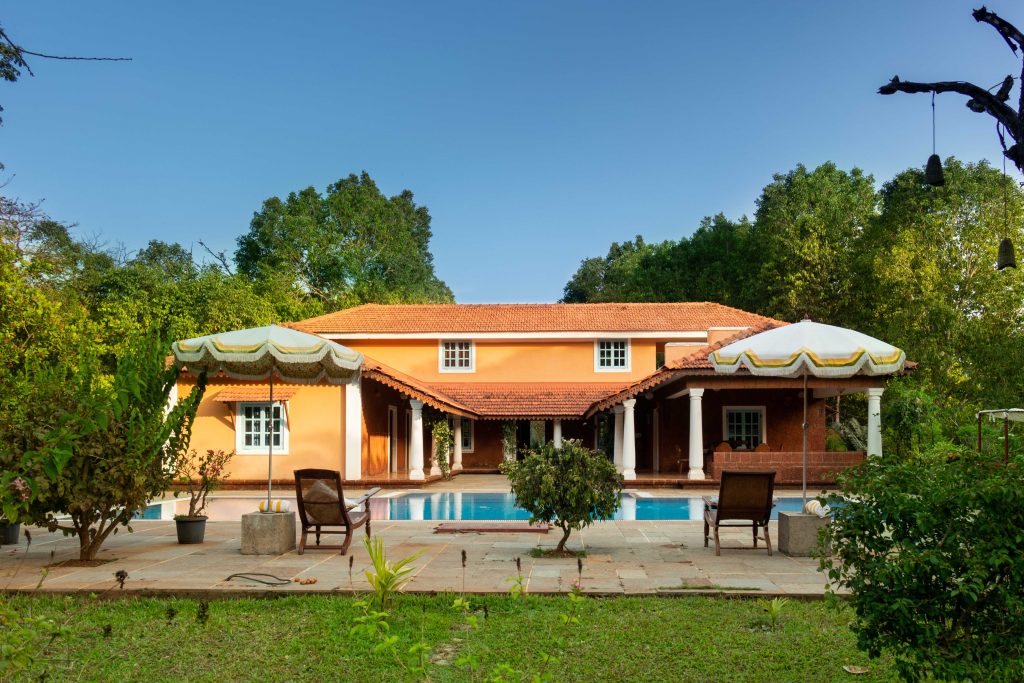
One of the most obvious outcomes of this pandemic is the shift from global travel to localtravel. Countries like The USA, Italy, Spain, and China, are already off the charts for many travellers. At a conference, Austria’s Chancellor Sebastian Kurz declared he’ll spend his vacation in Austria, and recommended the same to others. Needless to say, most nations are going to follow suit.
People will prefer Indian states including Himachal Pradesh, Goa, Uttarakhand, and Sikkim for travel. However, in the immediate future, State-imposed restrictions like sealed borders and ‘no outside visitors’ may restrict tourism to other states. We would see a spike in weekend/ quick drivable distance destinations; within 200-300 km driving distances.
2. Choice of accommodation
The thought of sharing spaces with strangers and coming in contact with those you know nothing about is quite a scare. At times like these, vacation rentals will be preferred given the exclusivity of privacy.
Various hotels have already issued a set of measures they will undertake once the business is up and running. Global hotel chain The Leela, for instance, has started a hygiene programme – ‘Suraksha’ – wherein they’ll introduce natural immunity-boosting beverages in their menu, and mandatory use of the PPE kits for kitchen staff, etc. BnBs and Vacation Rentals are also readying themselves with Covid-compliant SOPs with measures for sanitisation & disinfection, masks, fresh home-cooked food, getting complete details of guests and their travel history. A lot of it will depend on not sharing spaces with outsiders, and ensuring that the home is FOSTAC-compliant among other factors. Services will now cater to guests’ fears – ensuring that the pool is clean, the rooms are sanitised, the staff’s well-being, and food preparations among other things. A private vacation home with cooks and caretaking staff will be sought after more than common kitchens at hotels or self-catered villas; people are done cooking for themselves.
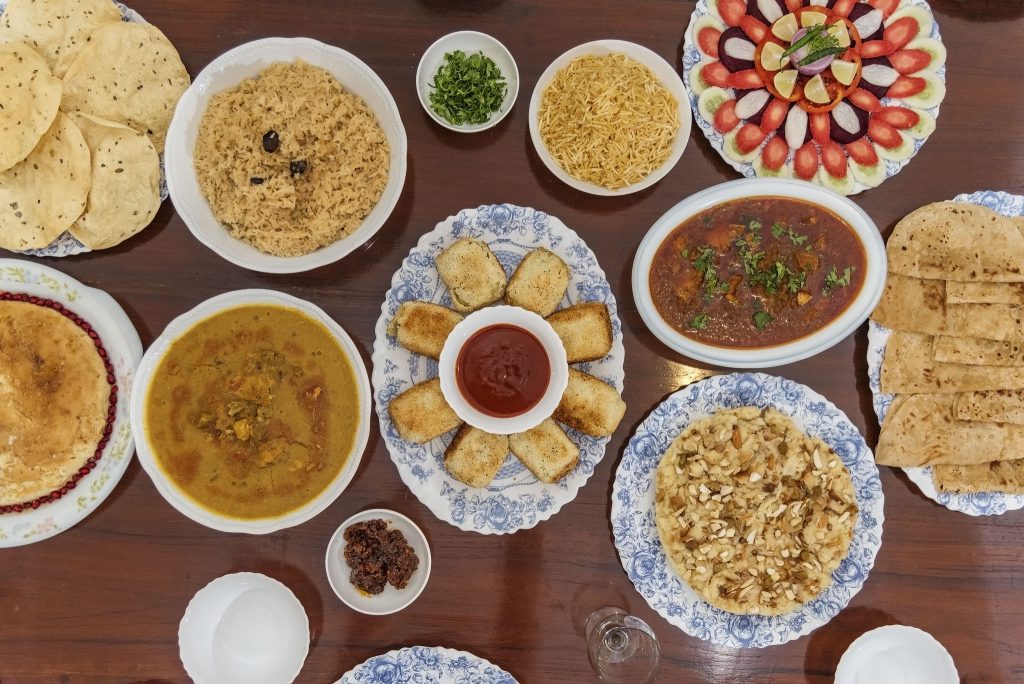
My sense is there would be a behavioural shift in the way Indians travel. High-end travellers who would previously prefer a 5-star hotel because of certainty of luxuries and service, would prefer the safety of privacy. They would be ok to give up the usual luxuries like bath tubs and room service for enjoying an entire private villa with a private pool, lawns and open spaces all to themselves. This is a watershed moment for the private vacation rental industry; the way demonetisation was to Paytm and the digital payment industry.
So, even though the overall travel pie shrinks, homestays and private vacation homes will walk away with the biggest slice.
3. Travel advisors to lead the way
Customer care will be of utmost importance. Guests who would pre-COVID have queries regarding the approach road, food served, room sizes, kid-friendliness will now have an added list of queries about safety and hygiene. And this only means that customer care executives and BnB hosts will have to be transparent, clear in their communication, and empathetic while drawing up policies. Most homestay owners have fairly strict cancellation policies simply because their inventory is limited, so any cancellation affects their earnings. However, the dynamics are changing so fast, that homestay owners have to become flexible to reschedule/ refund guest bookings.
4. Short weekend travel is the way ahead
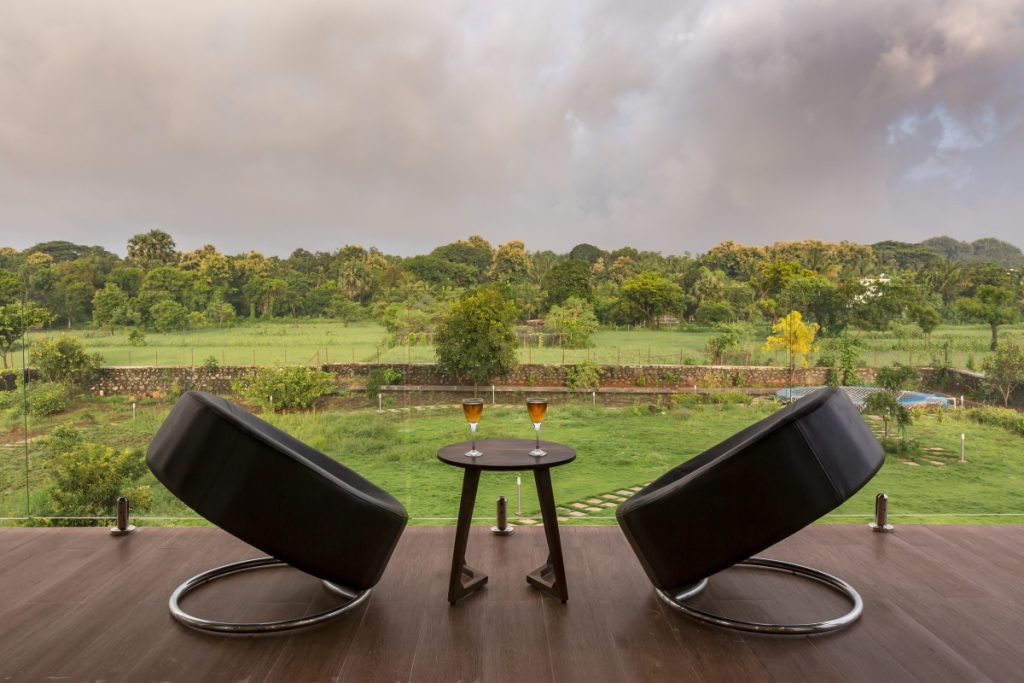
Most businesses have now been shut for 2 months. At the moment, long vacations look like a distant dream, as everyone scrambles to get their businesses up and running. However, quick weekend getaways will see a rise. People will prefer a destination that does not entail using public transport and air travel. Renting a private vacation home at drive-to distances in the company of those you know will be the first choice for a weekend getaway.
5. Workations on the rise
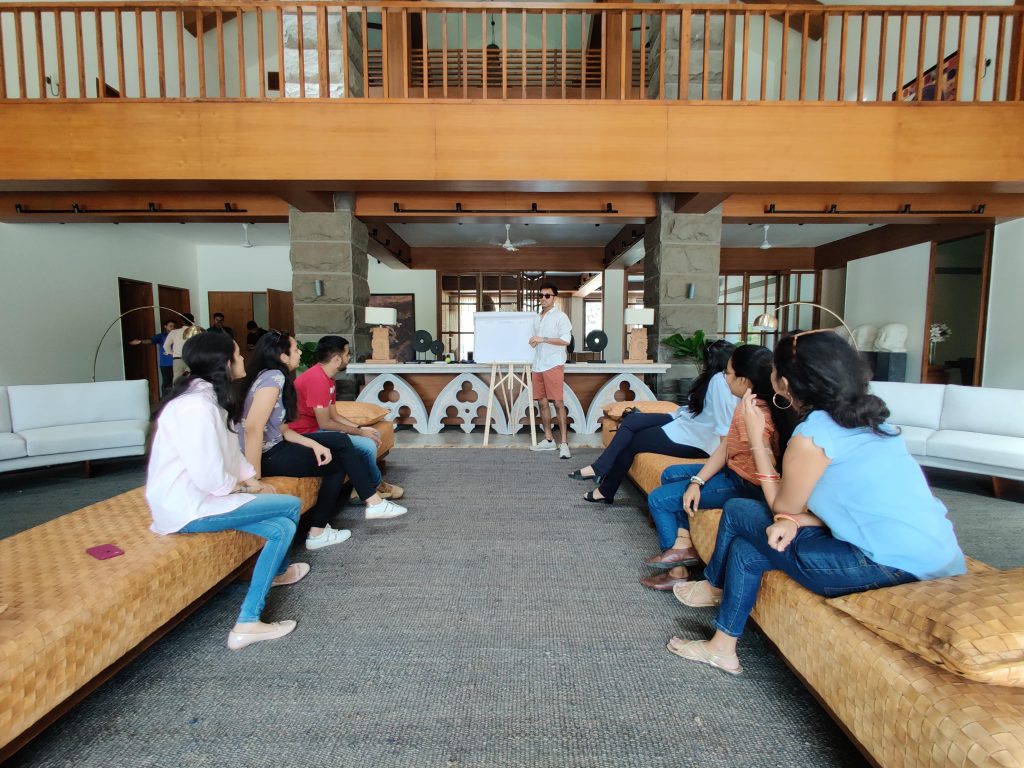
If there’s one thing that COVID-19 has taught us, it is that we’re quite efficient even when working from home. It is no wonder then that several major establishments including TCS, Google, and Facebook have issued a global diktat on remote working until the end of this year for a majority of their staff. Twitter has taken this a step further and made it official for some employees to work from home forever. This is typically because technology can adapt to this shift faster than some other industries. So, perhaps business-related travel may bounce back faster than leisure but it may be subdued because people will prefer video calls over meetings.
An offshoot of the Work-From-Home trend, workations will see a dramatic rise. If one can work from home, it is obvious that they can also work from a vacation home in Khandala, Alibaug, Ooty or Goa. People may opt to stay at a vacation home for a week or 10 days and work from there. Imagine taking a midday break with a stroll in the garden or a dip in your private pool post a long, hectic day of work. Evenings will be reserved for some downtime and spending time with one’s family – why wouldn’t one even consider this opportunity!
6. Better infrastructure
In a scenario where one decides to work from a vacation home, there will be newer challenges. For instance, be it about the WiFi services, hygiene & sanitisation of the place you’re staying at, the health of the staff members, and quick access to services like the local hospital, gas station, police station, and grocery and medical services.
7. Smaller groups
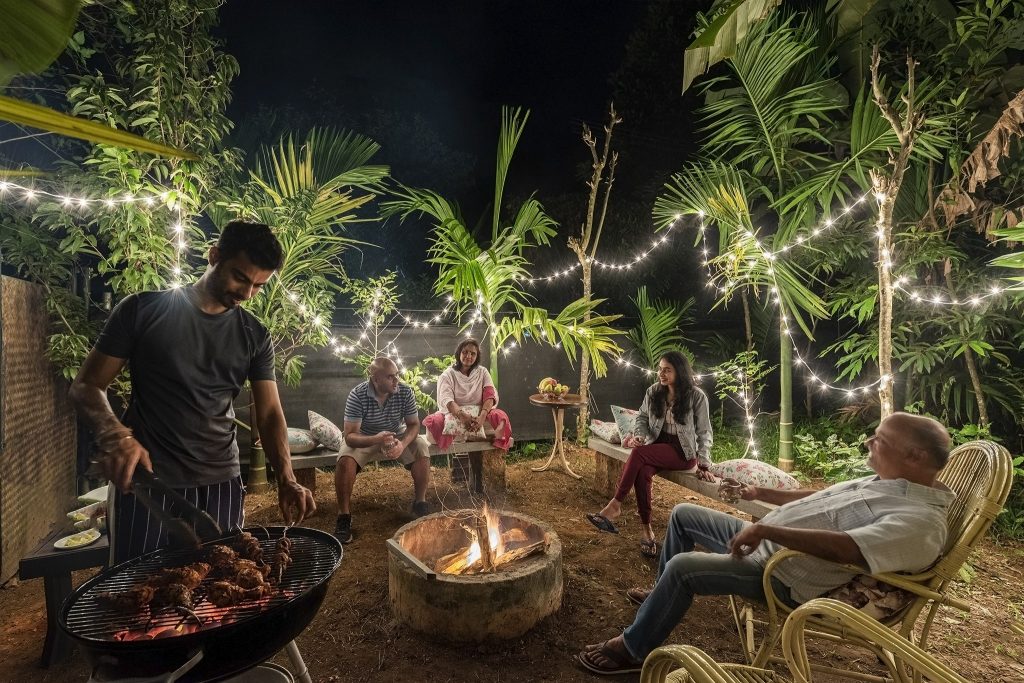
While we look back at our group photos from previous vacations, it feels strange to see everyone’s standing so close to each other minus masks. For a while, this fear will loom large on us, and traveling in big groups may be avoided. Immediate family and those who you trust will be part of the travel. A trek with strangers, a solo trip (with strangers, again), or friends from different cities and countries coming together will take a backseat.
8. Slow travel will pick up pace!
Imagine yourself at Yeoor Waterfall during monsoons. Admire it all you want from behind the windows of your car, but given the current situation, I can’t even imagine stepping out. Sightseeing and tourist attractions will be replaced by going to a home that has a beautiful location and scenic views. Slow travel will pick up pace, and this brings us to our next point…
9. Experiential stays all the way

People will start looking for stimulus within the place they’re staying at. Experiences that are too immersive will be excused. A trek within the estate or the hills in the backyard, cycling in the quiet countryside, a walk in a coffee plantation, a swim in the river, exploring the lake nearby, or simply inspiring surroundings for the artist within you will take precedence.
Opting for homes that offer the farm-to-table experiences will be trending. Why? The comfort of knowing that there haven’t been too many middlemen in procuring the fresh produce is sure to offer relief to guests. It’s just the caretaker (or better you and the kids) plucking the fruits and veggies for your next meal.
10. Transparent communication
Earlier, hygiene in hospitality was all about ‘show not tell’. But this will, and has already changed. Clear communication for brands to reach out to customers on the best practices being followed will be a major decision-making factor. It will be about showing what they are up to and then sticking to the promise.
